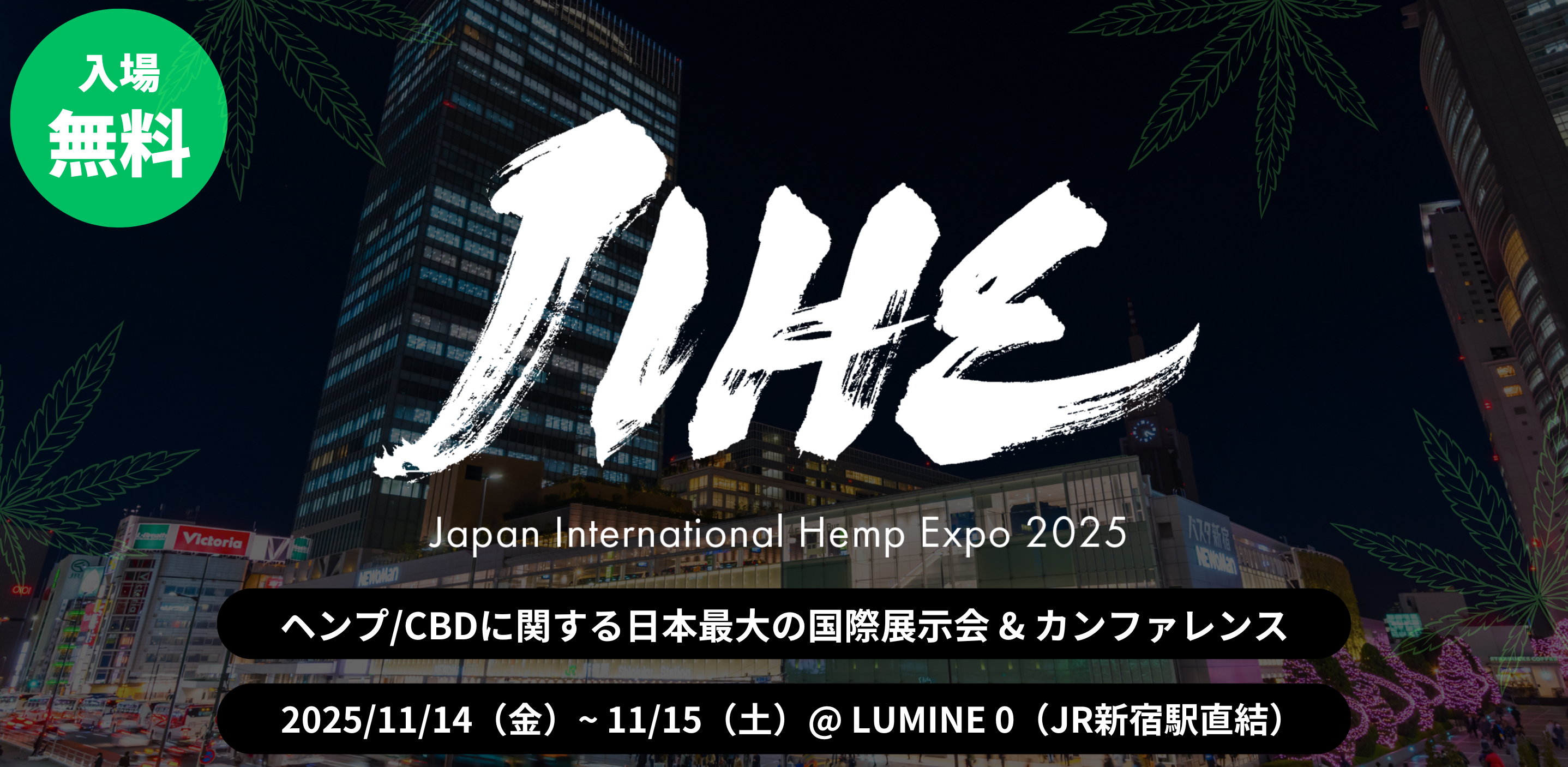
表示名称成分詳細
アカツメクサ花エキス
成分番号(JP number): 556071
- INCI
- TRIFOLIUM PRATENSE FLOWER EXTRACT
- 定義(Description)
- 本品は、アカツメクサ Trifolium pratense の花のエキスである。Trifolium Pratense Flower Extract is an extract of the flowers of the Red Clover, Trifolium pratense L., Fabaceae
- 日本の規制情報(Japanese regulation information)
- 中文inci(CN/中国名称)
- 红车轴草(TRIFOLIUM PRATENSE)花提取物
- 中国の規制情報(Chinese regulation information)
- 【已使用化妆品原料目录(2021年版)】Maximum Historical Usage in Rinse-off Cosmetics(%): (none), Maximum Historical Usage in Leave-on Cosmetics(%): 3
- 韓国inci(KR/ハングル/성분명)
- 붉은토끼풀꽃추출물
- CAS No.
- 85085-25-2
- EC No.
- 285-356-7
- EUの規制情報(Restriction/Annex/Ref#)
-
原料情報
アカツメクサ花エキス / TRIFOLIUM PRATENSE FLOWER EXTRACT
アカツメクサ花エキスとは
アカツメクサ花エキスはマメ科トリフォリウム属のアカツメクサ (学名:Trifolium pratense)の花から抽出されたエキスです(1)。
なお、化粧品成分表示名称は「アカツメクサ花エキス」であり、成分番号は556071、INCI名はTrifolium Pratense (Clover) Flower Extractとされています(1)。
原料となるアカツメクサはムラサキツメクサや紅ウマゴヤシ、レッドクローバーとも呼ばれ、日本には寒地型牧草として北海道を中心に明治以降に移入されたと言われています(2)。
アカツメクサは日当たりの良い環境を好み、現在では全国の畑や樹園地、畦畔、公園などでも見られます(2)。
また、アカツメクサの原産地はトルコおよびヨーロッパ南東部であり、16世紀以降にはヨーロッパ全域で緑肥や牧草として栽培されるようになりました(2)。 このアカツメクサの栽培により、冬は小麦、夏はマメ類や緑肥や牧草の栽培を行う地力維持を目的とした輪栽式農業の確立が進み、農業の発展に大きな貢献を果たしたことでも知られています(2)。
さらにアカツメクサの花にはビオカニンAという成分が含まれていることでも知られ、男性型脱毛症(AGA)の原因となる酵素や男性ホルモンの生成を促す5αリダクターゼの生成を抑制することから、その育毛(脱毛の防止)効果にも注目が集まっています(3)。
働きと用途
アカツメクサ花エキスには女性ホルモン作用をもつイソフラボンや抗酸化作用をもつフラボノイド、肌の活性化を助けるクマリンなどが含まれ、保湿効果や抗炎症効果、シワの抑制効果などが期待されます(4)。
アカツメクサ花エキスの配合目的は酸化防止剤、収れん剤、香料となっており、市販化粧品としてマスカラやまつ毛美容液、頭皮ケア、シャンプ・コンディショナーなど様々な製品に活用されています(5,6)。
酸化防止作用
製造してから使用されるまで、含有される成分の酸化や変質による劣化を防ぎ、長期間の安定性を保持することは化粧品にとって重要です(7,8)。 この化粧品原料の酸化反応の防止、あるいは酸化反応を遅らせる目的で配合される成分を酸化防止剤と言います。
アカツメクサ花エキスの配合目的は酸化防止剤となっており、製品への酸化防止作用を有すると考えられます(5)。
収れん作用
化粧品科学の分野においては以下の作用のいずれか、または両方を有する成分を収れん剤と言います。
- アストリジェント(astringent):角層タンパク質であるケラチン収縮による肌の引き締め
- アンチパースピラント(antiperspirant):汗腺開口部の引き締め・凝固による発汗抑制
アカツメクサ花エキスの配合目的は収れん剤となっており、肌の引き締めや発汗をおさえる作用(収れん作用)があると考えられます(5)。
製品への賦香作用
香料とは化粧品に香りを付与、またはにおいを隠すために添加される成分を言います(9)。
アカツメクサ花エキスの配合目的は香料となっており製品への賦香作用があると考えられます(5)。
安全性について
アカツメクサ花エキスはアカツメクサ由来の天然のエキスです(1)。
また、現時点では安全性に関する重大な報告も見当たらず、化粧品配合量および通常使用下において一般的な使用であれば安全性に問題の無い成分であると考えられています。
但し、マメ科の植物が原料となっているため、大豆やピーナッツに対するアレルギーを有する場合は使用前にパッチテストを行うなど注意が必要です(3)。
参考文献
(1)化粧品の成分表示名称リスト | 日本化粧品工業連合会 (jcia.org),https://www.jcia.org/user/business/ingredients/namelist 2022年1月6日アクセス.
(2)国立研究開発法人 農業・食品産業技術総合研究機構 06-01.pdf (affrc.go.jp),http://www.naro.affrc.go.jp/org/nkk/m/75/06-01.pdf 2022年1月6日アクセス.
(3)アカツメクサ花エキスの発毛効果と副作用は?安全性についても解説 ゼウス発毛 (hairgrowth1.com),https://hairgrowth1.com/trifolium-pratense/ 2022年1月6日アクセス.
(4)成分紹介「アカツメクサ花エキス」 | 化粧品製造・開発・販売・企画提案ベル・クール研究所 (belle-coeur.jp),https://www.belle-coeur.jp/archives/471/ 2022年1月6日アクセス.
(5)アカツメクサ花エキス(化粧品):Cosmetic-Info.jp,https://www.cosmetic-info.jp/jcln/detail.php?id=4845 2022年1月6日アクセス.
(6)市販化粧品の全成分リスト 検索結果:Cosmetic-Info.jp,<https://www.cosmetic-info.jp/prod/> 2022年1月6日アクセス.
(7)田村 健夫・廣田 博(2001)「酸化防止剤」香粧品科学 理論と実際 第4版,221-226.
(8)日光ケミカルズ株式会社(2006)「酸化防止剤」新化粧品原料ハンドブックⅠ,471-475.
(9)香料(化粧品):Cosmetic-Info.jp,https://www.cosmetic-info.jp/jcln/detail.php?id=3213 2022年1月6日アクセス.
アカツメクサ花エキスの配合目的
- 酸化防止作用
- 収れん作用
アカツメクサ花エキスの安全性情報
なし
日本語論文
なし
英語論文
Oza MJ, Kulkarni YA.Chem Biodivers. 2020 Apr;17(4):e2000019. doi: 10.1002/cbdv.202000019. Epub 2020 Mar 18.PMID: 32187456
Trifolium pratense and T. repens (Leguminosae): Edible Flower Extracts as Functional Ingredients.
Tundis R, Marrelli M, Conforti F, Tenuta MC, Bonesi M, Menichini F, Loizzo M.Foods. 2015 Aug 21;4(3):338-348. doi: 10.3390/foods4030338.PMID: 28231209 Free PMC article.
Dobrucka R, Długaszewska J.Saudi J Biol Sci. 2016 Jul;23(4):517-23. doi: 10.1016/j.sjbs.2015.05.016. Epub 2015 May 31.PMID: 27298586 Free PMC article.
Booth NL, Overk CR, Yao P, Totura S, Deng Y, Hedayat AS, Bolton JL, Pauli GF, Farnsworth NR.J Agric Food Chem. 2006 Feb 22;54(4):1277-82. doi: 10.1021/jf052927u.PMID: 16478248 Free PMC article.
Roby MHH, Abdelaliem YF, Esmail AM, Mohdaly AAA, Ramadan MF.Environ Sci Pollut Res Int. 2020 Jun;27(17):20748-20756. doi: 10.1007/s11356-020-08586-7. Epub 2020 Apr 4.PMID: 32248421
Dynamics of the isoflavone metabolome of traditional preparations of Trifolium pratense L.
Malca-Garcia GR, Zagal D, Graham J, Nikolić D, Friesen JB, Lankin DC, Chen SN, Pauli GF.J Ethnopharmacol. 2019 Jun 28;238:111865. doi: 10.1016/j.jep.2019.111865. Epub 2019 Apr 11.PMID: 30981705 Free PMC article.
LC-ESI-MS study of the flavonoid glycoside malonates of red clover (Trifolium pratense).
Lin LZ, He XG, Lindenmaier M, Yang J, Cleary M, Qiu SX, Cordell GA.J Agric Food Chem. 2000 Feb;48(2):354-65. doi: 10.1021/jf991002+.PMID: 10691640
Sullivan ML, Hatfield RD, Thoma SL, Samac DA.Plant Physiol. 2004 Oct;136(2):3234-44. doi: 10.1104/pp.104.047449. Epub 2004 Oct 1.PMID: 15466227 Free PMC article.
Zeller WE, Reinhardt LA, Robe JT, Sullivan ML, Panke-Buisse K.J Agric Food Chem. 2020 Feb 19;68(7):2016-2023. doi: 10.1021/acs.jafc.9b06173. Epub 2020 Feb 7.PMID: 31986021
Phenolic Content and Antioxidant Activity in Trifolium Germplasm from Different Environments.
Tava A, Pecio Ł, Lo Scalzo R, Stochmal A, Pecetti L.Molecules. 2019 Jan 15;24(2):298. doi: 10.3390/molecules24020298.PMID: 30650606 Free PMC article.
Source of variation of isoflavone concentrations in perennial clover species.
Butkutė B, Lemežienė N, Dabkevičienė G, Jakštas V, Vilčinskas E, Janulis V.Pharmacogn Mag. 2014 Jan;10(Suppl 1):S181-8. doi: 10.4103/0973-1296.127373.PMID: 24914302 Free PMC article.
A new strategy to modulate alopecia using a combination of two specific and unique ingredients.
Loing E, Lachance R, Ollier V, Hocquaux M.J Cosmet Sci. 2013 Jan-Feb;64(1):45-58.PMID: 23449130 Clinical Trial.
Maighany F, Ghorbanli M, Khalghani J, Najafpour M.Pak J Biol Sci. 2007 Apr 1;10(7):1141-3. doi: 10.3923/pjbs.2007.1141.1143.PMID: 19070068
Zgórka G.J Sep Sci. 2009 Apr;32(7):965-72. doi: 10.1002/jssc.200800456.PMID: 19226567
Kälber T, Meier JS, Kreuzer M, Leiber F.J Dairy Sci. 2011 Mar;94(3):1477-89. doi: 10.3168/jds.2010-3708.PMID: 21338812 Clinical Trial.
de Rus Jacquet A, Tambe MA, Ma SY, McCabe GP, Vest JHC, Rochet JC.J Ethnopharmacol. 2017 Jul 12;206:393-407. doi: 10.1016/j.jep.2017.01.001. Epub 2017 Jan 11.PMID: 28088492 Free PMC article.
Effects of Trifolium alexandrinum extracts on streptozotocin-induced diabetes in male rats.
Amer M, El-Habibi el-S, El-Gendy A.Ann Nutr Metab. 2004 Sep-Oct;48(5):343-7. doi: 10.1159/000081664. Epub 2004 Oct 20.PMID: 15499220
First Report of Bean yellow mosaic virus in Alaska from Clover (Trifolium spp.).
Robertson NL, Brown KL.Plant Dis. 2010 Mar;94(3):372. doi: 10.1094/PDIS-94-3-0372A.PMID: 30754235
Dhakal S, Meyling NV, Williams AR, Mueller-Harvey I, Fryganas C, Kapel CM, Fredensborg BL.Vet Parasitol. 2015 Jan 15;207(1-2):49-55. doi: 10.1016/j.vetpar.2014.11.006. Epub 2014 Nov 15.PMID: 25468673
Study on the phenolic constituents of the flowers and leaves of Trifolium repens L.
Kicel A, Wolbiś M.Nat Prod Res. 2012 Nov;26(21):2050-4. doi: 10.1080/14786419.2011.637217. Epub 2011 Nov 25.PMID: 22117193
Hansen TV, Fryganas C, Acevedo N, Caraballo L, Thamsborg SM, Mueller-Harvey I, Williams AR.Parasitol Int. 2016 Aug;65(4):336-9. doi: 10.1016/j.parint.2016.04.001. Epub 2016 Apr 16.PMID: 27094225
Isobe S, Nakaya A, Tabata S.DNA Res. 2007 Oct 31;14(5):217-25. doi: 10.1093/dnares/dsm020. Epub 2007 Nov 13.PMID: 18000014 Free PMC article.
Phenolic content and DPPH radical scavenging activity of the flowers and leaves of Trifolium repens.
Kicel A, Wolbiś M.Nat Prod Commun. 2013 Jan;8(1):99-102.PMID: 23472468
Chemical defenses of Trifolium glanduliferum against redlegged earth mite Halotydeus destructor.
Wang SF, Ridsdill-Smith TJ, Ghisalberti EL.J Agric Food Chem. 2005 Aug 10;53(16):6240-5. doi: 10.1021/jf0502202.PMID: 16076100
Autecology in Rhizospheres and Nodulating Behavior of Indigenous Rhizobium trifolii.
Demezas DH, Bottomley PJ.Appl Environ Microbiol. 1986 Nov;52(5):1014-9. doi: 10.1128/aem.52.5.1014-1019.1986.PMID: 16347198 Free PMC article.
Antioxidant activity of nine Fabaceae species growing in Serbia and Montenegro.
Godevac D, Zdunić G, Savikin K, Vajs V, Menković N.Fitoterapia. 2008 Apr;79(3):185-7. doi: 10.1016/j.fitote.2007.10.001. Epub 2007 Dec 3.PMID: 18166277
Investigation of the use of honey bees and honey bee products to assess heavy metals contamination.
Leita L, Muhlbachova G, Cesco S, Barbattini R, Mondini C.Environ Monit Assess. 1996 Oct;43(1):1-9. doi: 10.1007/BF00399566.PMID: 24193729
[Effect of plant polysaccharides on TH1-dependent immune response: screening investigation].
Danilets MG, Bel'skiĭ IuP, Gur'ev AM, Belousov MV, Bel'skaia NV, Trofimova ES, Uchasova EG, Alhmedzhanov RR, Ligacheva AA, Iusbov MS, Agefonov VI.Eksp Klin Farmakol. 2010 Jun;73(6):19-22.PMID: 20726346 Russian.
Jenkins CLD, Snow AJ, Simpson RJ, Higgins TJ, Jacques NA, Pritchard J, Gibson J, Larkin PJ.Funct Plant Biol. 2002 Nov;29(11):1287-1298. doi: 10.1071/FP02029.PMID: 32688727


